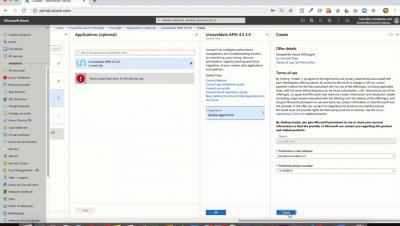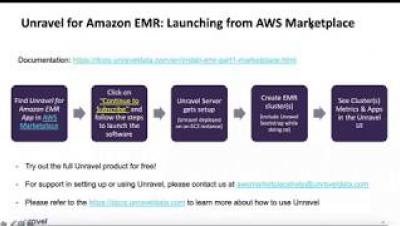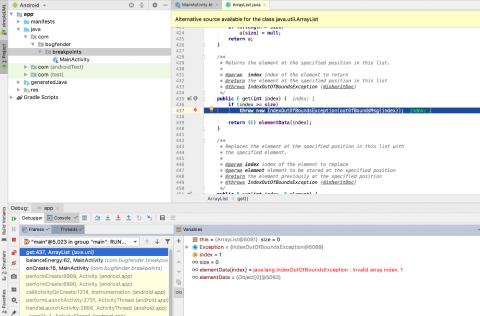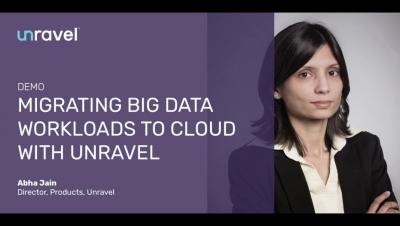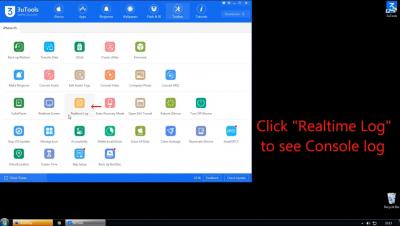Systems | Development | Analytics | API | Testing
Technology
Unravel for Amazon EMR via AWS Marketplace
The Smart Data Cloud Approach
To maximize the benefits of cloud, data & machine learning and make it available to innovative digital teams and customers, the data lake is the definite reference model. How can we accelerate its implementation and scope without losing control or jeopardizing its sustainability?
Unleashing the next level of organizational decision-making with the cloud data warehouse
The ability for cloud data warehouses to provide a single platform that enables organizations to analyze data at any scale is a market changing capability. Sure, much has been made of the ability of applying Artificial Intelligence (AI) to this data to gain insight into new areas, ultimately to increase an organization’s competitiveness. There is however a greater level of impact that this architecture can have that can be independent of AI and ultimately inclusive of AI.
Unravel Launches Performance Management and Cloud Migration Assessment Solution for Google Cloud Dataproc
We are very excited to announce that Unravel is now available for Google Cloud Dataproc. If you are already on GCP Dataproc or on a journey to migrate on-premises data workloads to GCP Dataproc then Unravel is now available immediately to accelerate and de-risk your Dataproc migration and ensure performance SLAs and cost targets are achieved.
Talend Cloud Available on Microsoft Azure
Conditional breakpoints: How to Debug iOS and Android apps from Zero (Part 2)
Conditional Breakpoints and their variants, Exception and Symbolic Breakpoints are powerful tools for advanced debugging, applicable to both iOS and Android. We’ll explore them in this article. In the first post of our How to Debug from Zero series we learnt the basics of breakpoints. At this point, you should know how to add a new breakpoint and how to use the “step over”, “step in” and “step out” commands.
[Video] Netapp and allegro.ai Presentation During the Annual Nvidia GTC Conference
Readers of this blog have probably read about allegro.ai’s partnership with NetApp. Earlier this year the two companies showcased an integrated AI solution at the NVIDIA GPU Technology Conference (GTC) which took place in San Jose, California.


